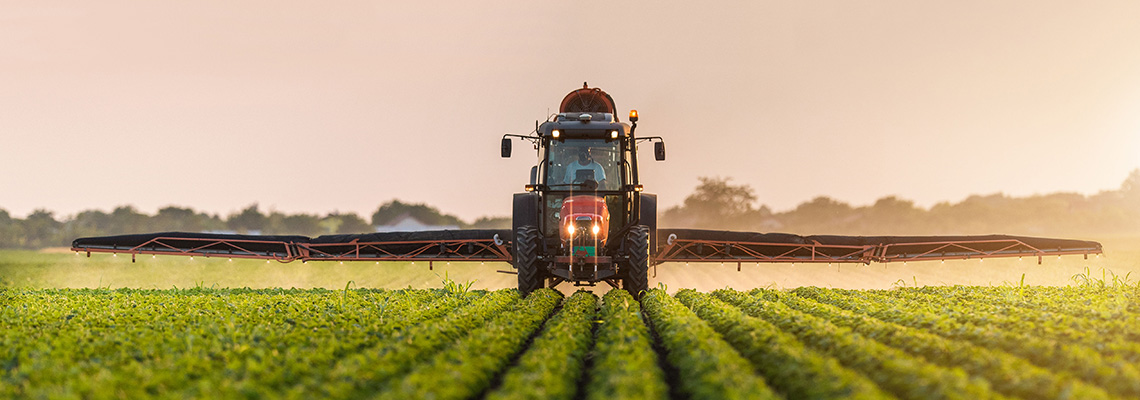One of the main sectors in the economy of the Republic of Tajikistan is agriculture, due to which currently the country provides about 23.3% of GDP, more than 70% of jobs, 25% of exports and 35% of tax revenues to the state budget.
Despite the fact that the climatic conditions of the republic are ideally suited for the cultivation of virtually all varieties of grain crops, the mountainous terrain yet still slightly narrows down the possibilities of the population in agricultural production.
The total area suitable for agricultural activities is 7.2 million hectares, however most of it used as pastureland for livestock. The cultivated land for agricultural crops is total of 675 thousand hectares, of which only 470 thousand hectares are irrigated. Another 180 thousand hectares of these areas are cultivated under gardens and vineyards.
Every year, more than 1.4 million tons of grain, 900 thousand tons of potatoes, 1.6 million tons of vegetables, 595 thousand tons of melons and 300 thousand tons of fruits are produced on irrigated and rainfed lands of sunny Tajikistan. It should be noted that in 2016 the volume of export of Tajik vegetables and fruits exceeded 200 thousand tons.
Cotton up to the present day continues to form the basis of Tajik export. That is why this agricultural crop occupies 1/3 of the entire ploughed area of the republic. Due to suitable agro-ecological conditions, in which 10 months of sunny days a year play an important role, and due to abundant water resources, one can annually produce in the country up to 400 thousand tons of high-quality cotton.
Taking into consideration the geographic features of the republic and the large number of mountain rivers and lakes, fishing in Tajikistan is considered one of the most profitable areas of activity. To date, the demand of the republic's population in fish is 14 thousand tons.
Taking into account the available volumes of water resources, the country plans to increase the production of fish products to 200 thousand tons. It should be noted that as of January 1st, 2016, the volume offish production in the Republic of Tajikistan was 2023 tons.
In Tajikistan, beekeeping is part of the national culture and has its own ancient history. Even the famous scientist Abu Ali ibn Sina (Avicenna), in his work The Canon of Medicine told about the benefits of honey and bee venom for human health.
The abundance of nectariferous plants in the republic allows to breed from 500 to 600 thousand honey-bee colonies, which could bring from 10 to 12 thousand tons of honey per year, as well as a large number of other related products such as wax, propolis, pollen, royal jelly and bee venom.
In the conditions of Tajikistan, a huge bee forage for the development of beekeeping is available. To date, honey-bearing farmland is about 5 million hectares, which allows raising the production of honey from 30 to 40 thousand tons per year
Animal breeding is one of the component parts of the agrarian sector of the economy of the Republic of Tajikistan, which, from the point of view of the total production of agricultural products in the country, ranks second after the crop production.
In the mountain regions of the republic, animal breeding is the main source of income for the population. Comfortable natural and climatic conditions, soil quality and abundance of various wild plants in the republic form favorable conditions for raising various breeds of farm animals. That is why the number of livestock inventory and poultry stock in Tajikistan annually increases on average by 8-10%.
The portion of farm units among the population in the production of all livestock products, except for eggs and poultry meat, has been steadily increasing in recent years, exceeding 85-90%.



